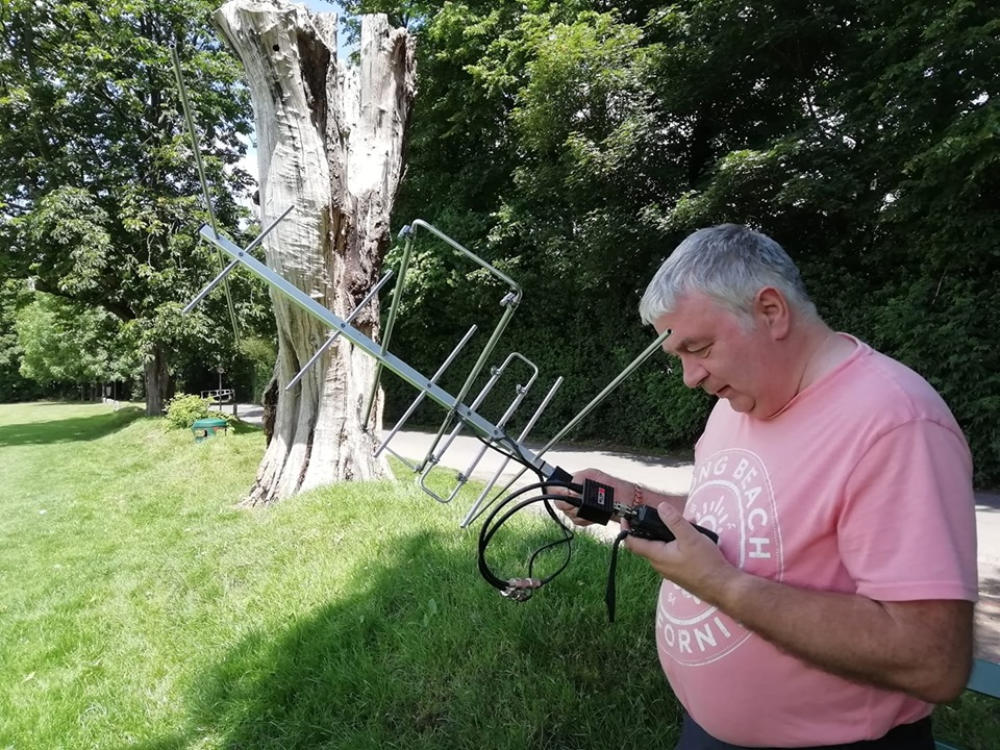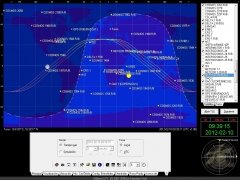


The attraction was sponsored by Banque Nationale de Paris (and the subsequent merged group BNP Paribas) for ten years from its opening in 1992 up until 2002, one of the resort's most important original partners.Space-based solar power gains growing interest.In 2009, the attraction was given a refurbishment with many of the bronze and copper details replaced by modern silver and blue, altering the previously period-specific look. For California's New Tomorrowland project of 1998, an almost identical copy of the ride was constructed and built at the entrance of the redesigned land, though both its location - cluttering the previously expansive entrance plateau - and its retro-futuristic style - out of sync with other, more 1950s and '60s influenced details in the land - failed to convince fans of the original Tomorrowland. The reimagined attraction was so successful that it in turn served to replace the Astro Orbitor at Disneyland in California which inspired it.

Instead of a static white space shuttle as the centrepiece, a spinning study of bronze, brass and copper-coloured planets recalls historic astronomical instruments and observations by great visionaries such as Leonardo da Vinci. Out went the 1950s NASA-style rockets and in came 1930s Art Deco-influenced "machines volantes", inspired by classic Buck Rogers and Flash Gordon comic strips of the period.


 0 kommentar(er)
0 kommentar(er)
